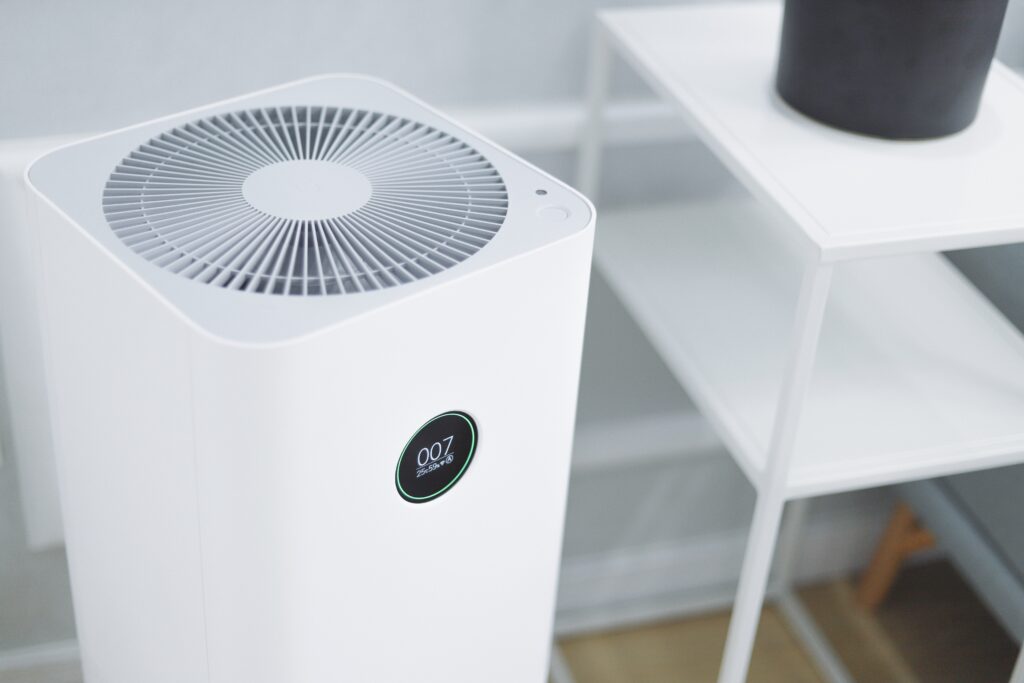
Can you imagine living in a world without air conditioning? Back in 1904 when the World’s Fair was held in St. Louis, air conditioning was just a concept, and people relied on other methods to keep cool. Whole house fans and window mounted room air conditioners were used in many areas, but it wasn’t until much later that air conditioning became a common feature in most homes.
Fast forward to today, air conditioning is now an essential part of modern life. With the advent of air conditioning, television, and electronics, we’ve pretty much moved inside and became private in a new sort of way. We no longer rely on local climate and natural ventilation to stay cool, and architecture has changed as well, with homes and buildings no longer needing porches to keep cool.
While air conditioning has changed where and how we live and work, it comes with a cost. Much of our electric bill is due to air conditioning, and it places a heavy load on our electric systems, infrastructure, and fuel, especially at the hottest time of the day when peak load electricity is often needed to keep up with the demand for air conditioning.
There are ways to reduce the energy demands of air conditioning, and it starts with homeowners taking steps to make their homes more energy-efficient. Here are some tips to reduce your AC load without breaking a sweat:
As we look to the future, it’s essential to consider the impact of air conditioning on our environment and take steps to reduce our energy consumption. By using energy-efficient models, improving home insulation, and incorporating renewable energy sources, we can continue to enjoy the comfort of air conditioning without compromising our planet’s health.
In conclusion, air conditioning has transformed the way we live and work, providing comfort and convenience to millions of people worldwide. While it’s become an essential part of modern life, it’s essential to consider the cost associated with it and take steps to reduce its energy demands. By making simple changes to our homes and embracing new technologies, we can continue to enjoy the benefits of air conditioning while reducing our impact on the environment.
Get 5 Myths of Green Homes to reveal the true value that is commonly overlooked in virtually every home!
At Green Home Coach, helping you to create and discover healthier, more comfortable homes is what I do. I work with home professionals – designers, builders, realtors, and more; home owners and dwellers … just about anyone that works with a home in some way.
© Green Home Coach 2024 | An Oakes Creative House Site | Privacy Policy | Terms of Service
Photography by SLPhotography | Home page image provided by Chelsey Seaton Photography